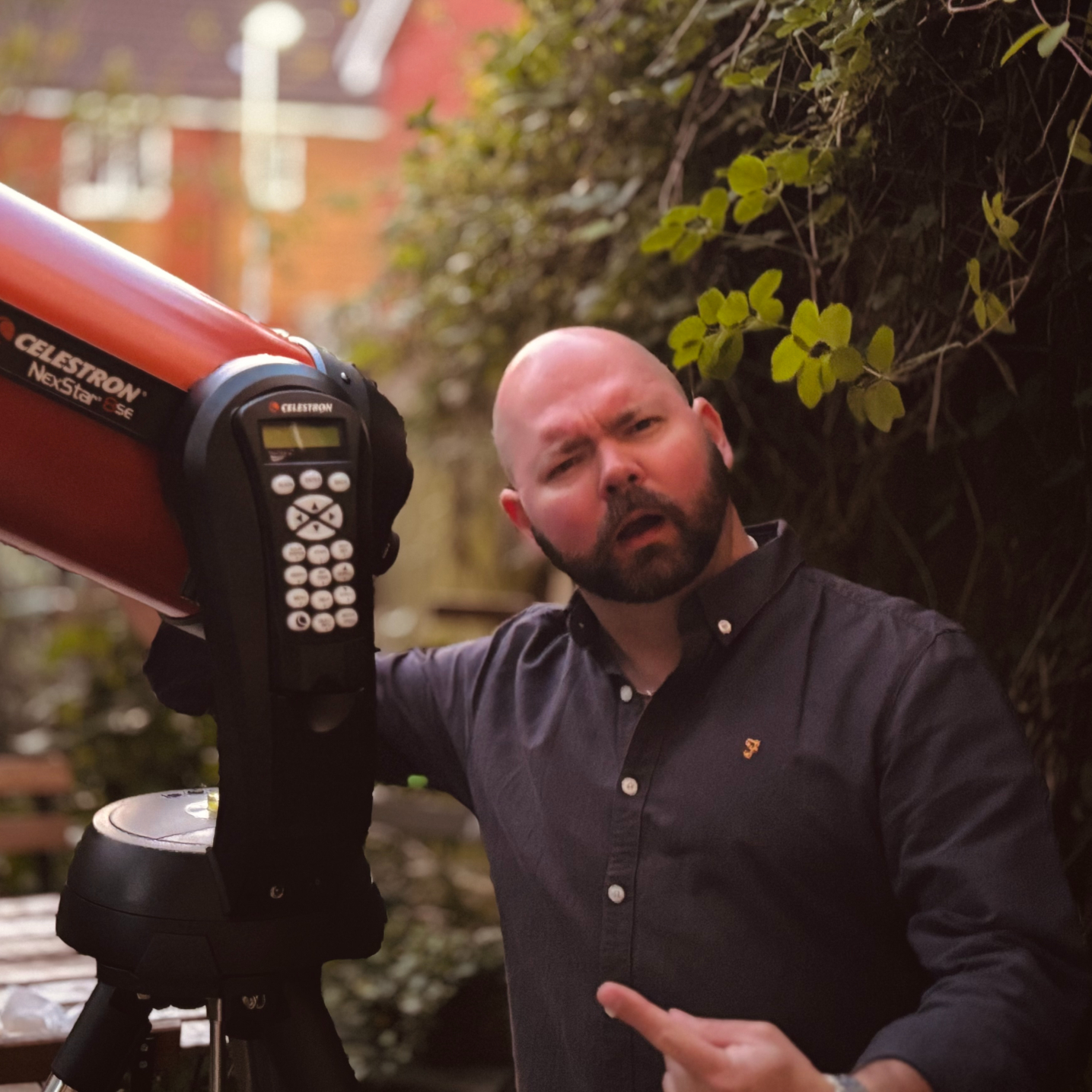The Leonid meteor shower peaks tonight: Here's where to look for 'shooting stars'
Leonid meteors may appear whenever the constellation Leo is above the horizon.

Heads up stargazers! The Leonid meteor shower peaks tonight, bringing a flurry of shooting stars to the night sky as Earth passes through the trail of debris shed by comet 55P/Tempel-Tuttle.
The Leonid meteor shower is active from Nov. 3 to Dec 2 and peaks overnight on Nov. 16-17, when up to 10 meteors per hour may be visible radiating from a patch of sky in the constellation Leo, according to the American Meteor Society.
Meteors, or "shooting stars" occur when fragments of ancient comets slam into Earth's atmosphere at tens of thousands of miles per hour, burning up in a brilliant fiery display. Larger pieces can give rise to brilliant fireballs, which can outshine even the brightest planets in the night sky.
What time should I look for the Leonids?
The best time to look for Leonids is late at night on Nov. 16 through to the hours preceding dawn on Nov. 17, when the constellation Leo will be positioned high above the eastern horizon, with Jupiter shining brightly to its upper right. Look for a patch of sky roughly 40 degrees above the radiant in Leo, that's roughly the width of four clenched fists held at arm's length, where the meteor trails will be at their longest.

Robert Lunsford is the fireball report coordinator, newsletter editor and treasurer at the American Meteor Society, one of the leading sources of information on meteor showers.
"On the morning of November 17th I would expect observers of the Leonid shower to see 5-10 meteors per hour," Robert Lunsford of the American Meteor Society told Space.com in an email. "It falls off rapidly, [so] I would expect rates of only 5 [shooting stars] per hour on the following morning and another 50 percent drop off on each of the following mornings."
Be sure to wear warm clothing to combat the cold and allow at least 30 minutes for your eyes to adjust fully to the dark, to give yourself the best chance of spotting fainter members of the annual shower. Try to use a red light if you need to look around, as this will help keep your night vision intact over a standard flashlight!

Want to capture a fiery shooting star for yourself? We rate the Nikon Z8 as the best overall camera out there! Be sure to check out our Nikon Z8 review for a more in-depth look at its capabilities.
The Leonid meteor shower is known for producing spectacular meteor storms on occasion, when hundreds, or even thousands of meteors can be seen brightening the night sky each hour. Sadly, Earth isn't due to pass through a particularly dense cloud of cometary debris from 55P/Tempel-Tuttle until the year 2099.
Breaking space news, the latest updates on rocket launches, skywatching events and more!
Want to photograph a shooting star? Then be sure to check out our guide to imaging meteor showers, along with our roundups of the best cameras and lenses available for astrophotography in 2025.
Editor's Note: If you would like to share your meteor images with Space.com's readers, then please send your photo(s), comments, name and location to spacephotos@space.com.

Anthony Wood joined Space.com in April 2025 after contributing articles to outlets including IGN, New Atlas and Gizmodo. He has a passion for the night sky, science, Hideo Kojima, and human space exploration, and can’t wait for the day when astronauts once again set foot on the moon.
You must confirm your public display name before commenting
Please logout and then login again, you will then be prompted to enter your display name.

